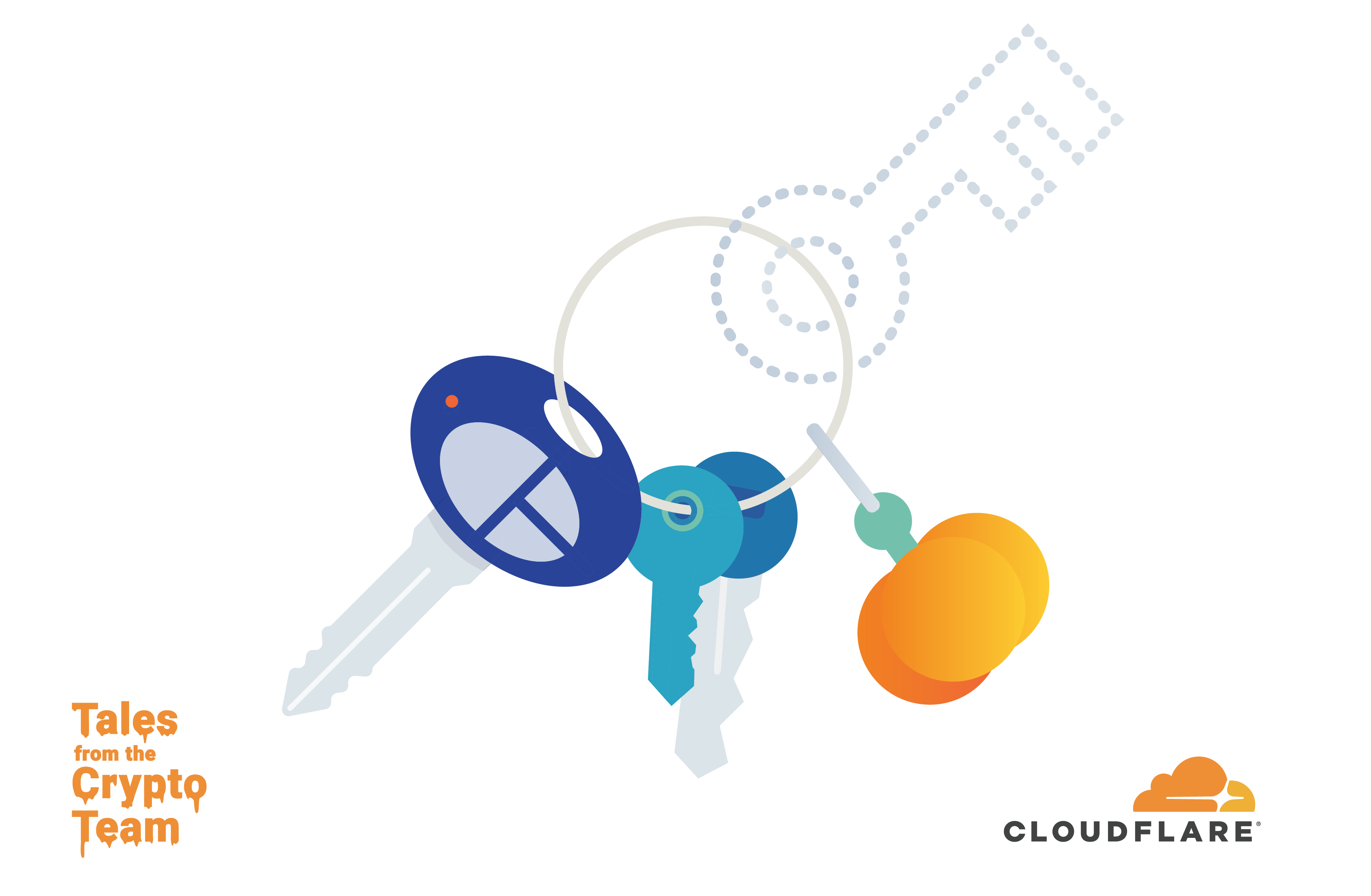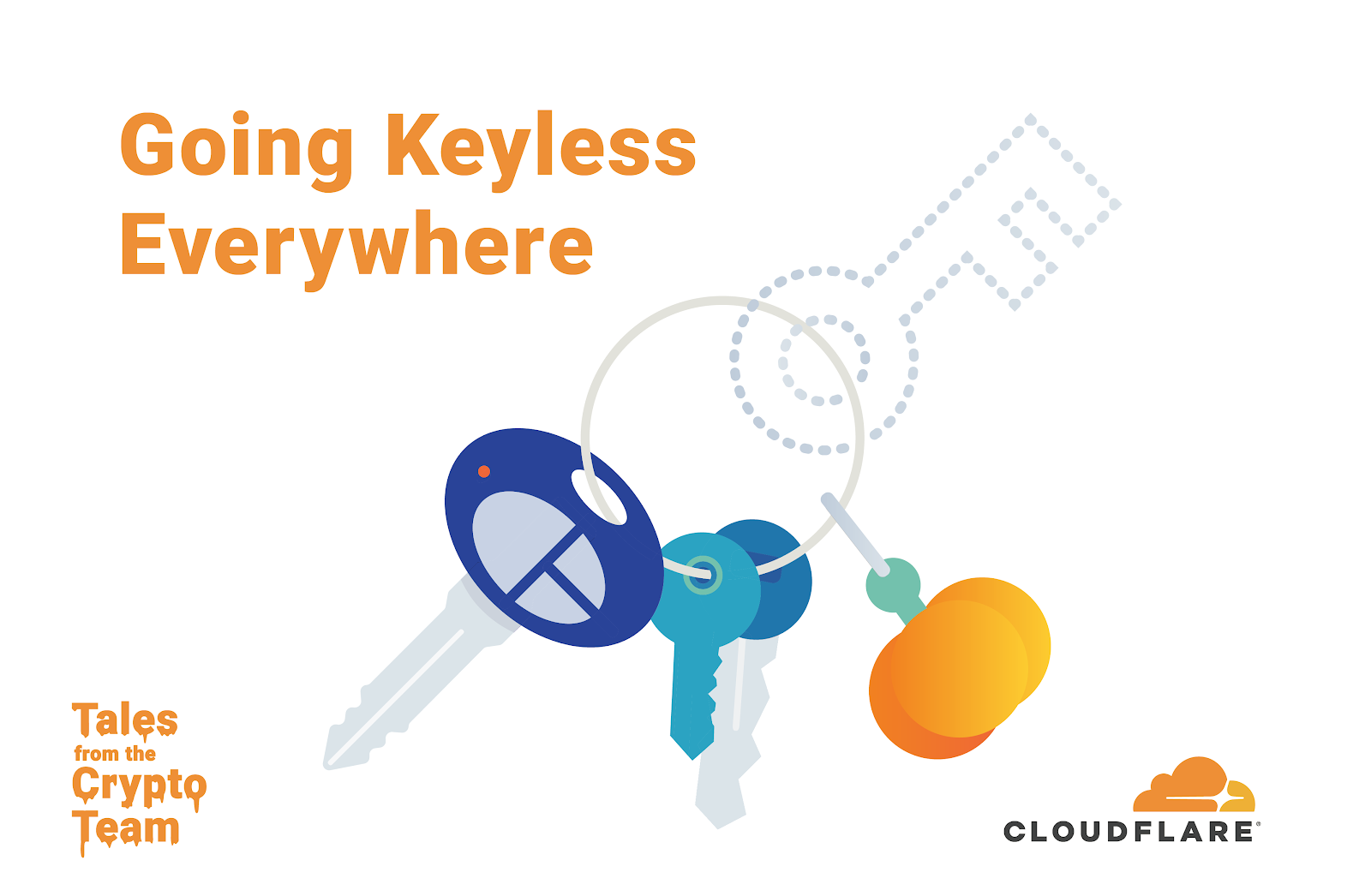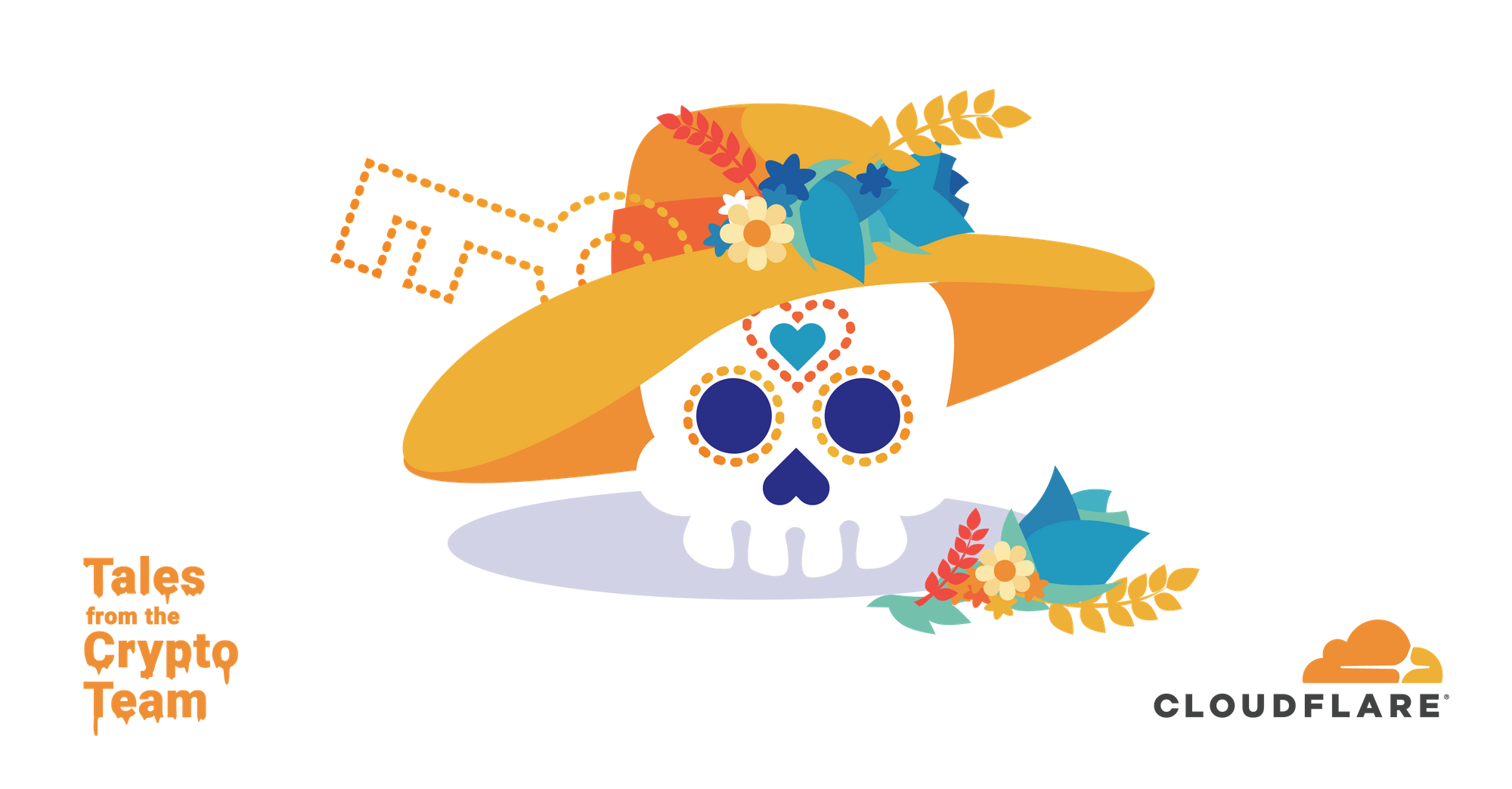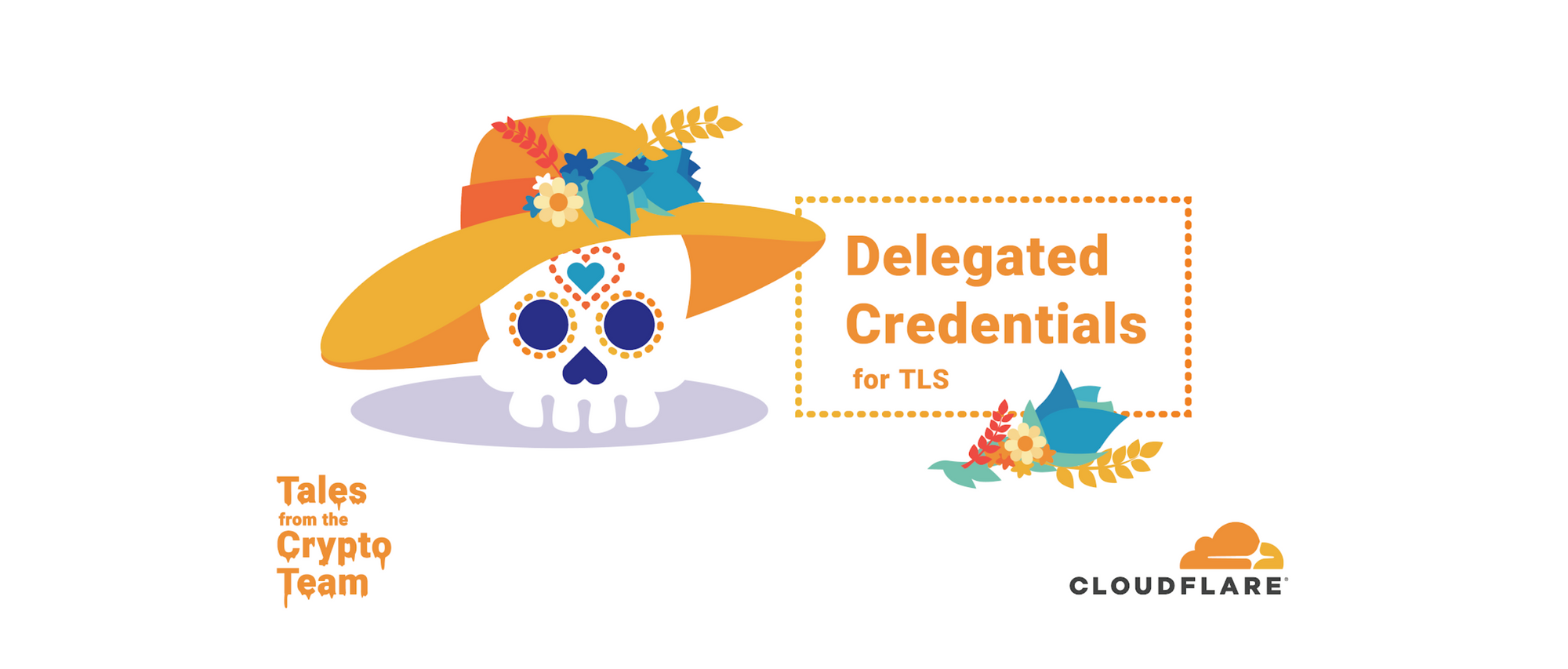Chinese Operators Activate World’s Largest 5G Network
5G services are now live in 50 cities across the country, including Beijing, Shanghai, Guangzhou,...
5G services are now live in 50 cities across the country, including Beijing, Shanghai, Guangzhou,...
Wake up! It's HighScalability time:

Butterfly? Nope, cells in telophase stage of mitosis (Jason M. Kirk)
Do you like this sort of Stuff? I'd greatly appreciate your support on Patreon. I also wrote Explain the Cloud Like I'm 10 for all who need to understand the cloud. On Amazon it has 61 mostly 5 star reviews (136 on Goodreads). Please recommend it. You'll be a cloud hero.
This will be AWS’s seventh region in Europe and brings its total to 22 worldwide.
The Forschungszentrum Jülich Supercomputing Center (JSC) in Germany will soon be home to Europe’s first D-Wave quantum computer. …
D-Wave Takes Quantum Leap in Europe was written by Michael Feldman at The Next Platform.
SDxCentral Weekly Wrap for Nov. 1, 2019: Cisco Warns IBN Is Coming; HPE Takes On VMware; Verizon,...

The Docker team will be on the show floor at Microsoft Ignite the week of November 4. We’ll be talking about the state of modern application development, how to accelerate innovation efforts, and the role containerization, Docker, and Microsoft Azure play in powering these initiatives.
Come by booth #2414 at Microsoft Ignite to check out the latest developments in the Docker platform. Learn why over 1.8 million developers build modern applications on Docker, and over 800 enterprises rely on Docker Enterprise for production workloads.
At Microsoft Ignite, we will be talking about:
Docker Enterprise 3.0 shipped back in April 2019, making it the first and only desktop-to-cloud container platform in the market that lets you build and share any application and securely run them anywhere – from hybrid cloud to the edge. At Microsoft Ignite, we’ll have demos that shows how Docker Enterprise 3.0 simplifies Kubernetes for Azure Kubernetes Service (AKS) and enables companies to more easily build modern applications with Docker Desktop Enterprise and Docker Application.
Learn how to accelerate your journey to the cloud with Docker’s Dev Team Starter Bundle for Continue reading

We’re all in IT. We’ve done our time in the trenches. We’ve…seen things, as Roy Batty might say. Things you wouldn’t believe. But in the end we all know the pain of trying to get support for something that we’re working on. And we know how painful that whole process can be. Yet, how is it that support is universally “bad” in our eyes?
Before we launch into this discussion, I’ll give you a bit of background on me. I did inbound tech support for Gateway Computers for about six months at the start of my career. So I wasn’t supporting enterprises to start with but I’ve been about as far down in the trenches as you can go. And that taught me a lot about the landscape of support.
The first thing you have to realize is that most Tier 1 support people are, in fact, not IT nerds. They don’t have a degree in troubleshooting OSPF or are signatories to the fibre channel standards. They are generally regular people. They get a week or two of training and off they go. In general the people on the other end of the support phone number are Continue reading
At the heart of the new firewall is the company's fourth-gen security processor, which it claims...


Time flies. The Heartbleed vulnerability was discovered just over five and a half years ago. Heartbleed became a household name not only because it was one of the first bugs with its own web page and logo, but because of what it revealed about the fragility of the Internet as a whole. With Heartbleed, one tiny bug in a cryptography library exposed the personal data of the users of almost every website online.
Heartbleed is an example of an underappreciated class of bugs: remote memory disclosure vulnerabilities. High profile examples other than Heartbleed include Cloudbleed and most recently NetSpectre. These vulnerabilities allow attackers to extract secrets from servers by simply sending them specially-crafted packets. Cloudflare recently completed a multi-year project to make our platform more resilient against this category of bug.
For the last five years, the industry has been dealing with the consequences of the design that led to Heartbleed being so impactful. In this blog post we’ll dig into memory safety, and how we re-designed Cloudflare’s main product to protect private keys from the next Heartbleed.
Perfect security is not possible for businesses with an online component. History has shown us that no matter how Continue reading


Today we’re happy to announce support for a new cryptographic protocol that helps make it possible to deploy encrypted services in a global network while still maintaining fast performance and tight control of private keys: Delegated Credentials for TLS. We have been working with partners from Facebook, Mozilla, and the broader IETF community to define this emerging standard. We’re excited to share the gory details today in this blog post.
Also, be sure to check out the blog posts on the topic by our friends at Facebook and Mozilla!
Many of the technical problems we face at Cloudflare are widely shared problems across the Internet industry. As gratifying as it can be to solve a problem for ourselves and our customers, it can be even more gratifying to solve a problem for the entire Internet. For the past three years, we have been working with peers in the industry to solve a specific shared problem in the TLS infrastructure space: How do you terminate TLS connections while storing keys remotely and maintaining performance and availability? Today we’re announcing that Cloudflare now supports Delegated Credentials, the result of this work.
Cloudflare’s TLS/SSL features are among the top reasons Continue reading
During the last Tech Field Day Extra @ CLEUR, one of the fellow delegates asked me about my opinion on technology X (don’t remember the details, it was probably one of those over-hyped four-letter technologies). As usual, I started explaining the drawbacks, and he quickly stopped me with a totally unexpected question: “Why do you always tend to be so negative?”
That question has been haunting me for months… and here are a few potential answers I came up with.
Read more ...Optimized risk scores Ustun & Rudin, KDD’17
On Monday we looked at the case for interpretable models, and in Wednesday’s edition of The Morning Paper we looked at CORELS which produces provably optimal rule lists for categorical assessments. Today we’ll be looking at RiskSLIM, which produces risk score models together with a proof of optimality.
A risk score model is a a very simple points-based system designed to be used (and understood by!) humans. Such models are widely used in e.g. medicine and criminal justice. Traditionally they have been built by panels of experts or by combining multiple heuristics . Here’s an example model for the CHADS2 score assessing stroke risk.

Even when you don’t consider interpretability as a goal (which you really should!), “doing the simplest thing which could possibly work” is always a good place to start. The fact that CORELS and RiskSLIM come with an optimality guarantee given the constraints fed to them on model size etc. also means you can make informed decisions about model complexity vs performance trade-offs if a more complex model looks like it may perform better. It’s a refreshing change of mindset to shift from “finding an Continue reading
Dell Technologies and VMware deliver an adaptable edge architecture tailored to the challenges...